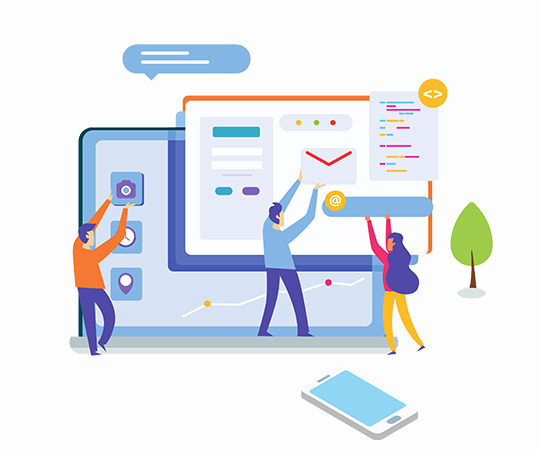Employee engagement is not a one-size-fits-all concept. It’s a multi-faceted gem that shines brightest when approached from various angles. In the dynamic landscape of the modern workplace, understanding and implementing different types of employee engagement strategies can be the key to fostering a thriving, motivated, and productive workforce. In this blog post, we’ll delve into the diverse types of employee engagement, exploring various types and their impact on organizational success.
1. Traditional Engagement:
Traditionally, employee engagement has been associated with factors like job satisfaction, recognition, and career development. This classic approach involves performance appraisals, regular feedback sessions, and structured training programs. Employees feel engaged when they understand their roles, have a clear path for career progression, and receive acknowledgment for their contributions. This type sets the foundation for a positive work environment, boosting morale and loyalty.
2. Emotional Engagement:
Recognizing and addressing the emotional needs of employees is crucial for sustained engagement. This type focuses on creating a supportive and empathetic workplace culture. Managers play a pivotal role by fostering open communication, building trust, and offering a helping hand during challenging times. When employees feel emotionally connected to their workplace, they are more likely to invest their energy and enthusiasm, contributing to a more resilient and harmonious team dynamic.
3. Cultural Engagement:
Company culture is the heartbeat of employee engagement. This type emphasizes the alignment of individual values with the organizational ethos. Cultivating a positive workplace culture involves promoting inclusivity, diversity, and a shared sense of purpose. Employees who resonate with the company’s culture are more likely to be engaged and committed, leading to improved collaboration and overall performance.
4. Technological Engagement:
In the digital era, technology plays a pivotal role in shaping the employee experience. This type leverages digital tools and platforms to enhance communication, collaboration, and learning. From virtual team-building activities to online training modules, integrating technology into employee engagement initiatives can bridge gaps, especially in a remote or hybrid work environment. Embracing innovative solutions demonstrates a commitment to staying ahead in the ever-evolving workplace landscape.
5. Social Engagement:
Humans are inherently social beings, and fostering social connections at work is vital for engagement. This type encourages team-building activities, social events, and collaborative projects. Whether in-person or virtual, creating opportunities for employees to interact outside of their regular tasks strengthens relationships, promotes a sense of belonging, and contributes to a positive work atmosphere.
6. Wellness Engagement:
Employee well-being is at the core of this type of engagement. Recognizing the importance of work-life balance, mental health, and physical well-being, organizations are incorporating wellness programs into their engagement strategies. This could include initiatives such as fitness challenges, mindfulness sessions, or flexible work arrangements. A healthy workforce is a more engaged and resilient one.
7. Innovation Engagement:
Encouraging a culture of innovation can significantly impact employee engagement. This type involves empowering employees to contribute ideas, take calculated risks, and be part of the organization’s problem-solving process. When employees feel their creativity is valued and supported, they are more likely to be engaged and invested in the company’s success.
In conclusion, employee engagement is a multifaceted concept that extends beyond traditional approaches. By recognizing and implementing various types of engagement strategies, organizations can create a holistic and inclusive environment where employees feel valued, motivated, and connected. As workplaces continue to evolve, adapting and diversifying engagement initiatives will be key to unlocking the full potential of every individual within the organization.




